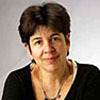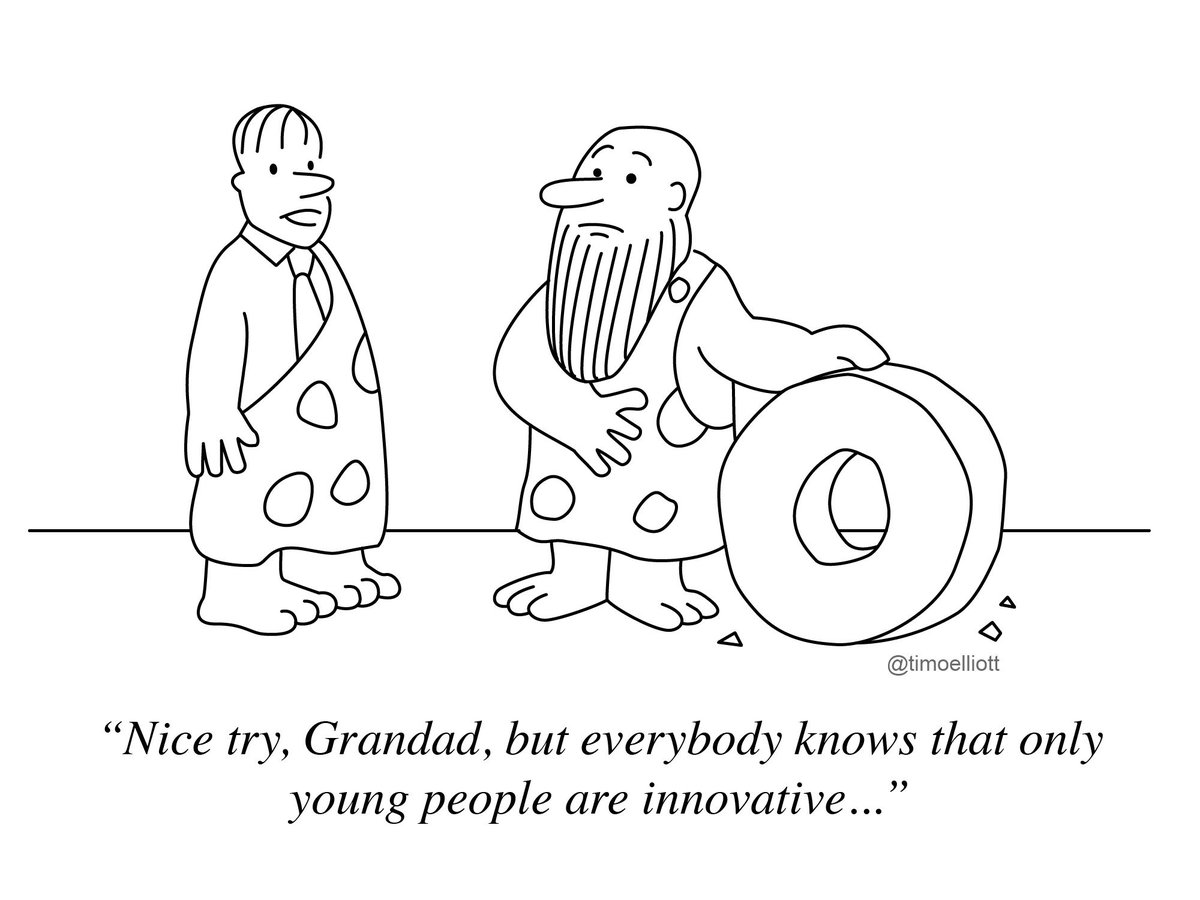In this article, journalist Judith Graham, a contributing columnist for Kaiser Health News (KHN), writes about the Bureau of Sages, a unique advisory board of elders, many of whom are ill, disabled or have early-stage dementia. Researchers consult them to find out what they need and ask about the best ways to involve older people in research, how to communicate with them effectively, and more. Graham’s article was posted on the KHN website on April 25, 2019.
CHICAGO — Rachel O’Conor booted up her slides and began posing questions to six older adults sitting around a table: How should primary care physicians support patients and caregivers after a diagnosis of dementia? And what stands in the way of getting adequate support?
“Please speak louder and go slower,” suggested Susanne Smith, a 75-year-old with early-stage Alzheimer’s disease.
Smith belongs to the Bureau of Sages, a group of vulnerable seniors who advise researchers about what matters to older adults, how to involve them in research about aging and how to communicate with them effectively while doing so. It’s a groundbreaking program: traditionally, ill, disabled and cognitively challenged older adults have been excluded from research and assumed to be too compromised to offer useful insights.
“The recognition that this population has something meaningful to contribute—that’s really unique,” said Robyn Stone, a former adviser to the Sages and senior vice president of research at LeadingAge, a national organization of nonprofit providers that focus on aging.
Everyone who works with older adults would do well to pay attention.
Sages groups are housed at several locations. At the Lieberman Center for Health and Rehabilitation, a nursing home in Skokie, a Chicago suburb, nearly a dozen residents meet every two weeks to discuss academic studies, issues they encounter in their daily lives and potential research projects. A similarly sized group of frail, homebound seniors in Chicago’s northern suburbs gets together virtually, via the internet.
At Northwestern University’s downtown medical campus, seven adults with dementia gather every couple of months at the Mesulam Center for Cognitive Neurology and Alzheimer’s Disease to offer feedback to researchers.
On this sunny day in mid-April, Jim Butler, 70, acknowledged it took him 18 months to accept a diagnosis of mild cognitive impairment and speak openly about it. Karen Finesilver, 68, who has Lewy body dementia, stressed the importance of bringing someone along to doctors’ appointments. “When I hear something that makes me nervous, I don’t retain it,” she explained. And Smith spoke of how important it is to feel heard by her physician: “One of the best things is when he actually listens to what I’m saying, because a lot of times doctors may know what’s going on but they do not listen.”
It’s the only time people here talk to you like you have a brain left.
—Sharon Koretsky, 73, on why she loves the meetings with researchers
O’Conor, an assistant professor at Northwestern’s Feinberg School of Medicine, had started the conversation by asking about problems that patients and caregivers face. After the discussion, she said she would focus more on “what helps people build on their strengths” because “the resilience and positivity of people really stood out today.”
The Bureau of Sages has received two rounds of funding totaling $500,000 from the Patient-Centered Outcomes Research Institute (PCORI), an organization that sponsors innovative projects that include patients in setting research priorities, designing research studies and evaluating their impact.
Unlike occasional surveys or focus groups, a standing group like the Sages can provide “valuable ongoing context about individuals’ lives” that sharpens research and makes it more relevant, said Kristin Carman, PCORI’s director of public and patient engagement.
At the Lieberman nursing home, on another April afternoon, two researchers—a physician and a biomechanical engineer—presented a project they’re working on to nine seniors, most in wheelchairs. Their prototype device would help people with compromised mobility stand up from a sitting position, a task that requires a surprising amount of coordination and strength.
“Would I be able to use this [device] if I can’t straighten my leg out all the way?” asked Sharon Koretsky, 73, who has diabetes and severe osteoarthritis and can no longer stand on her own. “If your muscles are atrophied, would this help improve your condition?” wondered Fern Netzsky, 76, who has had multiple sclerosis for 35 years and can no longer stand or walk.
Both women use what’s known as a “sit-to-stand lift”—a clunky device that helps people transfer from a bed to a chair or from a chair to a toilet seat and that requires two aides to maneuver it. Another commonly used device is a Hoyer lift, which uses a sling to help people rise.
“I hate the Hoyer: they pull it between your legs and you lay there like a big sack of potatoes with your butt hanging out,” Koretsky said. Anything that someone could strap on themselves and that could help people get up more easily with only one aide’s help would be a “wonderful idea,” she added.
One group of Sages wants researchers to investigate better training for certified nursing assistants (CNAs).
As other Lieberman residents chimed in, it became clear they wanted help with walking, not just with standing. They wanted to be able to use the device outdoors, as well as inside the facility. And safety was essential. “I would be willing to try this if I was assured I would not fall and if there was enough protection around me,” Netzsky said.
The researchers, who asked not to be identified because they are working on this project outside of their full-time jobs, said they found many of the comments helpful. Older adults are often assumed to be resistant to using technology but this group seemed quite open to technology that improves their quality of life, the physician observed.
After the meeting, Nancy Weinberg, 96, another participant, described a communication gap between researchers and nursing home residents when the Bureau of Sages began. “They were speaking ‘researchese,’ and I didn’t have any idea what they were talking about. Now they understand we don’t want to hear jargon, and they speak our language.”
With characteristic bluntness, Koretsky said she loved the Sages’ meetings, observing, “It’s the only time people here talk to you like you have a brain left.”
The Lieberman Sages are now trying to persuade researchers at Northwestern to investigate the shortage of certified nursing assistants (CNAs) and the need to better train CNAs—problems faced by nursing homes across the nation. Amy Eisenstein, director of the Leonard Schanfield Research Institute at CJE SeniorLife in Chicago and the project’s principal investigator, is working to expand the program to other locations, including Miami University in Oxford, OH, and the University of Massachusetts, Boston. CJE SeniorLife, sponsored by Chicago’s Council for Jewish Elderly, provides a variety of services to seniors and is the Bureau of Sages’ original sponsor.
(Materials that can help any organization launch a Bureau of Sages are available at the Council for Jewish Elderly’s website under the “Resources” section.)
“I think that all research on aging needs to include the voices of older adults,” Eisenstein said. “They are experts about their lives, and we need to incorporate their perspectives to make research better.”

Judith Graham writes a column on aging and health for KFF Health News, where she’s a contributing columnist. She also freelances for other publications. Earlier in her career, Judith contributed more than 80 pieces to the New York Times blog, The New Old Age. She was nominated for a Pulitzer Prize for a series on defective pacemakers and was part of a Chicago Tribune team that won a Pulitzer in 2001.



